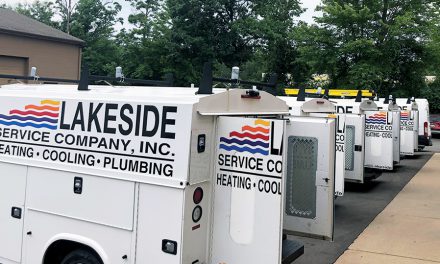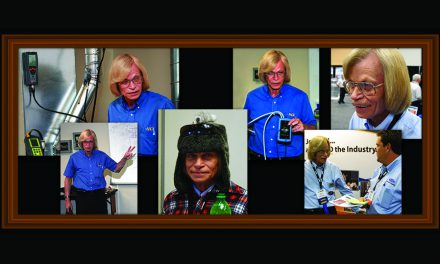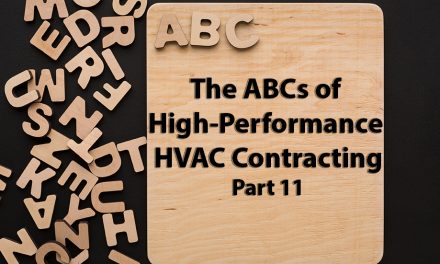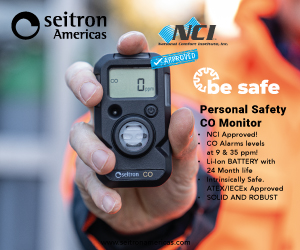Longevity is A Cornerstone
Let’s face it. Any HVAC company that has been around for nearly 100 years has excellent longevity. McKoy himself has been with the firm for 29 years and says many others have been around even longer.
Why do people stick around so long?
“Robert B. Payne has great benefits, which certainly has a role,” he says. “I often hear that people who work here love that management wants all of us to take pride and do excellent work to ensure 100% customer satisfaction.

“Doing things right is our commitment to quality and our customers. We’ve always believed that if you do the right thing, charge a fair price, and provide value, the money will come. They love this people-first approach that has existed through all three generations of Payne ownership.”
Again, Robert B. Payne started the company in 1930. According to McKoy, Payne’s daughter’s husband, Cameron Thompson, is the second generation. The couple’s children, Cameron Thompson III and Robert Thompson, run the company today.
McKoy adds that such consistency in management and philosophy is one key driver to the company’s longevity. Another is their focus on training.
Training is Foundational
“Training is the foundation of everything we do. People want to stay and work here because we invest heavily in it. We always have,” he says.
At the time of this writing, the company had only been a National Comfort Institute (NCI) member for a month or so. But in that time, according to McKoy, they brought in an NCI instructor for a week to conduct an onsite training program.

for each job, onsite — a winning approach to better servicing
their HVAC customers.
“We also bought 15 carbon monoxide (CO) analyzers,” he says. “We know that investment benefits our customers and will pay for itself over time. We have always tried to deliver a superior product to our customers and believe the system performance approach will allow us to better do that. We use analyzers to measure and test and now understand what those readings mean and how to apply that information to help customers. This approach sets us far apart from competitors.
“We can share real numbers showing customers how their systems operate before we do any work and after we finish. That’s the key.
“Frankly, I believe our team loves the analytical side of HVAC, the science behind it. With the NCI training and a high-performance approach to our work, we have evidence to back up what we tell customers is wrong with the system, what repair is needed, or why they need to replace it,” McKoy says.
He adds that they have seen “massive results from it in the short period since that training.”
Technicians Love the High-Performance Approach
“In my opinion, the technicians using the new instruments have taken to them and are finding what NCI calls the invisible repairs we missed before.”
McKoy says that as service manager, he reviews all the service tickets and sees the increases in work. He shares an example of how they recently replaced a fully functional water heater because they showed the customer how inefficient it was through testing and measuring.
“We compared her 18-year-old water heater’s functional efficiency to today’s standards, and she approved the purchase and installation without even asking about price,” he says.
“Though that type of sale is rare, showing how a system performs plants a seed. Not everybody will do the repair or the replacement, but they know it’s coming. So they can prepare.”
Technical Training is #1
According to McKoy, in a recent ACCA (Air Conditioning Contractors of America) MIX Group meeting, another MIX Group member — Clint Solliday from Jack Lehr Heating and Cooling of Allentown, PA — was very enthusiastic about the training they received from NCI.
Click Below for the Next Page













Recent Comments